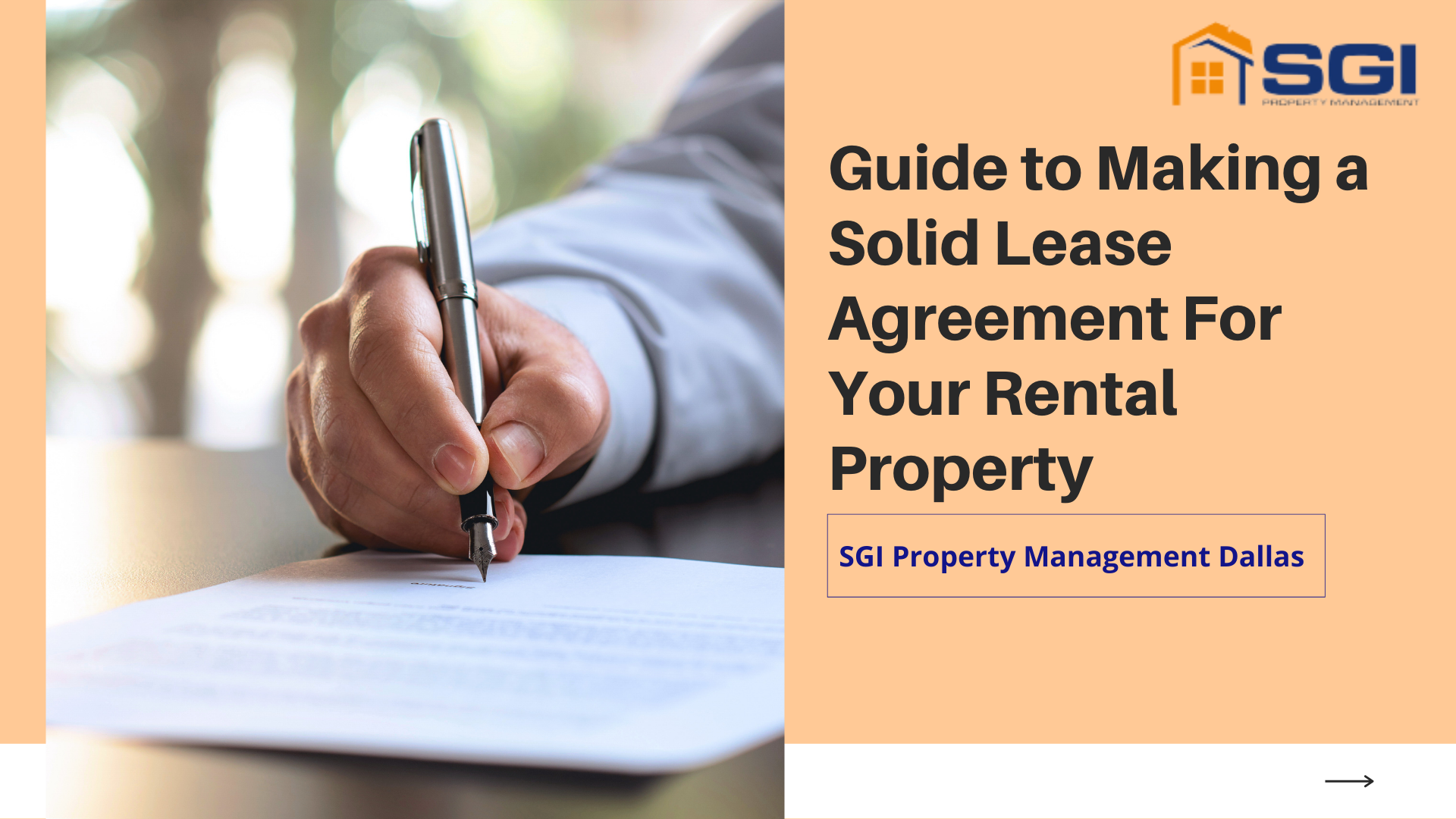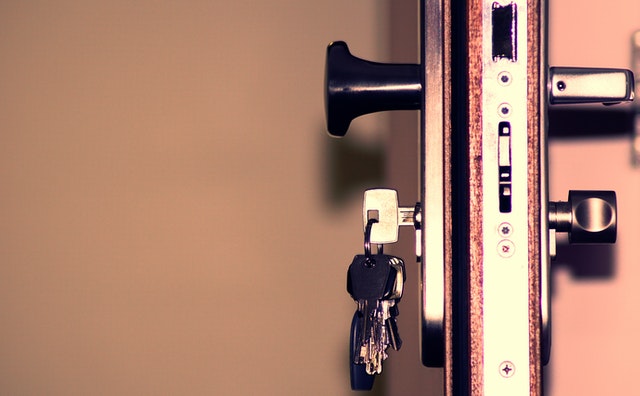
Contractual agreements are used to clarify terms and conditions including when you purchase a home, sign a job offer or take on a lease. As a landlord, it’s important to craft a lease agreement so you can reduce future conflicts!
Agreements between landlords and tenants clarify expectations on rights, duties, property policies and clauses. Lease agreements are also a great reference guide for both parties to use! When difficult situations arise, one can check the proper procedure to follow when reporting property damage or paying rent.
How to Draft a Lease
There are numerous ways to draft a lease. You can seek legal help, adapt a lease template online or copy a lease from other landlords. New landlords can become overwhelmed when faced with this challenge as drafting a lease can be intimidating! As a landlord, you must be aware of landlord-tenant laws to ensure that no regulations are broken.
Engaging the services of a lawyer can considerably reduce the effort you put into formulating a lease from scratch. Copying from other leasing agreement templates can also be an effective method as you can tweak the policies to fit your situation.
Another solution is to hire a property management company as they’re well-versed in crafting leases and understand which stipulations to include that match the needs of your rental property!
What Leasing Agreements Are For
Rental management is guided by fulfilling obligations, respecting rights and honoring the rules of lease agreements.

By preparing a solid lease agreement, landlords can save more time. They avoid repeating answers to common questions and safeguard their rental properties with specific policies. When a lease is comprehensive and clear-cut renters tend to be more compliant!
Relying on oral contracts can be incredibly challenging! People can easily forget details and misunderstandings can arise. If a renter files a lawsuit against you, your lease agreement can be presented as part of your defense.
It provides details that can bridge the conflicts that landlords and tenants are bound to encounter. Courts also need legal documents to use as proof — signed leasing contracts are easy to present before a judge and are considered binding.
What Leases Should Contain
There is some basic information that must appear on a lease. This information includes general terms and conditions.
Below are some examples of information that should be on your lease agreement
Names of the Landlord and Renters
Complete and legal names must be disclosed on rental lease agreements.
Property Name and Address
Full addresses are needed including details like unit numbers or whether the tenants lives in the upstairs or downstairs unit if individual units are unnumbered.
Due Date of Rent
Specific dates must be included including the month, day and year rent is due to limit confusion.

This mitigates any confusion tenants may have and helps ensure you will receive rent payments on time.
Lease Duration
The duration of the lease must be clearly outlined and written in full, regardless of if you're creating a long-term or month-to-month lease. It’s important to include both the start and end date because using terms such as one year can be vague and lead to misunderstandings.
Price of Rent
For more clarity, the rent amount must be written down using both words and figures. Other rent fees such as pet charges must be included in another category to ensure your lease is as specific as possible.
Signatures
Signatures from both parties mean that everyone agrees with the terms and conditions stated in the lease agreement. Including signatures indicates all parties understand the terms of the contract. The date of the signing should also be noted.
What Clauses and Policies Should Appear in Your Lease
Leasing agreements can differ based on a landlord’s preference concerning policies. In general, clauses adhere to State laws as these laws govern the rights and duties of both landlords and tenants. This is an area where leases are often similar to each other
However, not all leases are the same! Below are some policies and clauses that may differ depending on the landlord
Subletting the Rental Space
Subletting permits tenants to accept other renters in the unit. They usually do this to save on rental dues.

If a landlord is flexible, they will normally allow subletting as long as authorization is requested beforehand through a written form.
Access to the Property
Tenants are happier when they get to enjoy the implied covenant of quiet enjoyment. Landlords must respect this by reducing disturbances. For instance, landlords are only able to enter the tenant’s rented space for specific situations, such as to perform maintenance on the unit, and must provide prior notice.
Some states leave it up to the landlord and tenant to decide the notice period. Often, landlords are required to only enter the unit during regular business hours.
Tenant Duties
Just like landlords, tenants have responsibilities while renting. These responsibilities appear in state laws. For instance, tenants are obligated to dispose of trash properly and respect the quiet enjoyment rights of other tenants and neighbors in the area.
Breaking Leases
Certain conditions allow for a legally justified breach of contract. A renter who is going through domestic violence or feels harassed by landlords can discontinue their lease agreement. Tenants under active military duty are also allowed to end their tenancy without negative consequences.
Depending on the set agreement, landlords can be more permissive and allow other reasons as well. For example, some landlords require the tenants to pay a set amount for ending the lease early.
Security Deposits
US States have policies regarding the transparency of security deposit storage.

Some require landlords to place the deposit in an interest-bearing account while others leave it at the discretion of the landlords. Another important thing to cover in the leasing agreement is the security deposit refund procedure. It’s common for issues to arise when returning deposits. By detailing the process in the lease terms, conflicts can be minimized.
The Role of Disclosures in Leases
Under state laws, disclosures are expected to be provided by landlords. Some of these include the presence of radon, bed bugs and lead paint on the property. Renters deserve to know whether they will be exposed to potentially harmful conditions. Thus, disclosures are covered in leasing agreements.
Bottom line
Leasing agreements are vital to maintaining a harmonious relationship between tenants and landlords. That’s why it's essential to learn how to craft a clear, specific and solid leasing contract! However, as comprehensive leasing agreements can be difficult to draft – even for experienced landlords – it may be a good idea to seek professional help.
Our team at SGI Property Management can help you draft lease agreements that follow all relevant laws and protect your investment!
For more information on our services, reach out today!









